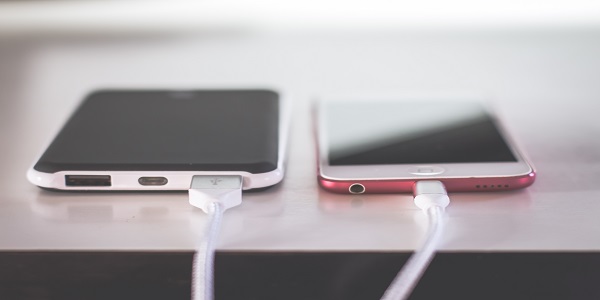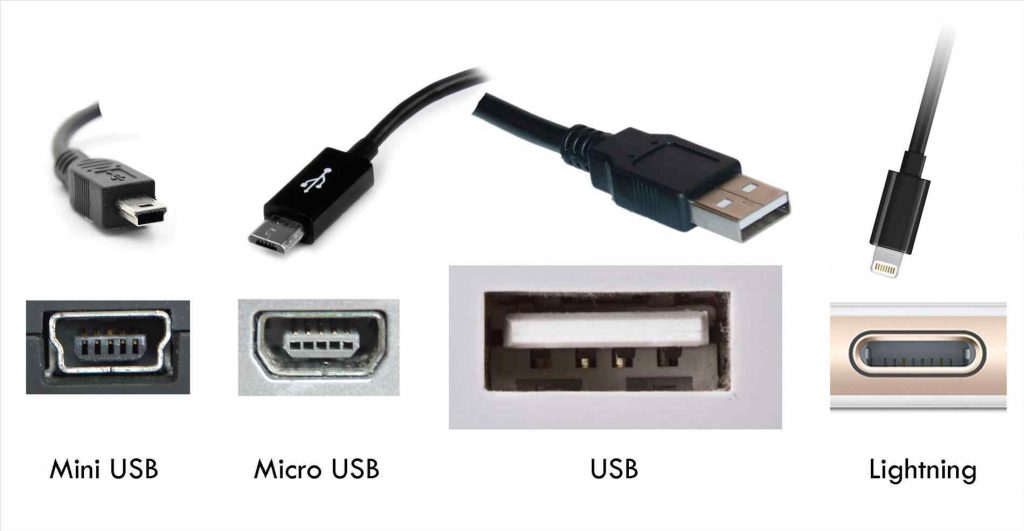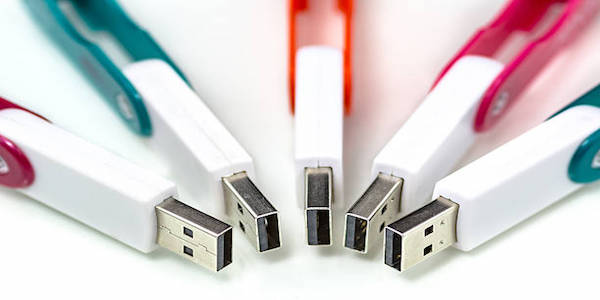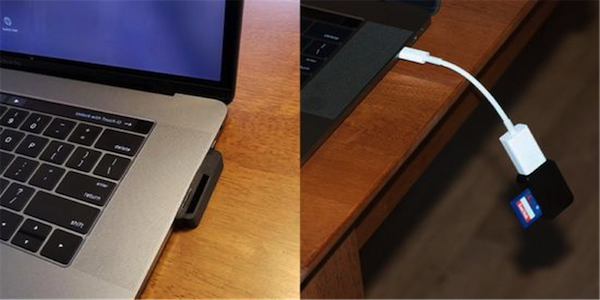Fully known us the Universal Serial Bus, a USB represents the cable and connector that is used for the purpose of communication between computers and variety of other devices. Available in both mini and micro versions, understanding the difference between these two connectors will help you identify which is more suitable for your device and ultimately, help it operate at a high level of efficiency.
So What Are The Differences Between Mini-USB and Micro-USB?
Mini-USB
Commonly referred to as a Type B USB cable or USB 1.0 connector, a Mini-USB is a type of cable and port that is specially designed for mobile devices, cameras, and MP3 players. It works just like regular USB cables. The USB carries power from the computer to the other device of choice. However, it is longer and has a smaller endpoint in comparison to the regular USB cable.
Micro-USB
The Type A or Micro-USB is a miniaturized version of the regular USB. While it also connects compact and mobile devices like smartphones, photo printers and digital cameras to computers, it is different in the way it works. The Micro- USB is standard on many laptops and computers. It comes in three different types including the Micro-A, Micro-B, and Type-C USBs. All of them have slight differences in their shape, speed, and functionality. The Micro-USB works on just about any modern device that requires charging.
Other Differences
Charging cables are not universal and knowing how your connector works will allow you to always use it properly. Here are other differences between the MiniUSB and Micro-USB:
•The Size
While a mini USB is a tad smaller than the standard USB connector, a micro USB is smaller than the mini USB. Although both of them are intended for the similar purposes, they differ in size because of the roles and capabilities that they can perform.
•Efficiency
The Mini-USB may be larger in size but the Micro-USB is much more efficient. This is because it has five pins on both plugs that boost its functionality. These plugs enable the Micro-USB to perform roles such as the transfer of data and charging connection. However, the Mini USB holds more connectivity with multiple devices in comparison to a Micro-USB.
•Lifecycle
The Mini-USB can only work up to five thousand cycles. Where the micro USB doubles in this capacity and is capable of working through ten thousand life cycles at its maximum potential.
•Diversity
The Mini-USB can be connected to a wider range of devices and is not only unique to the mobile phone like the Micro-USB. Therefore, the Mini-USB is more versatile and diverse while the Micro-USB only has a single purpose.
In the near future, the Micro-USB will take precedence as the primary cable for charging and connecting mobile phones whereas the Mini-USB will be regarded as an extra feature. Remember, transferring data from one place to another entirely depends on the type of device that you have. The USB is an irreplaceable device that only gets more advanced as technology changes.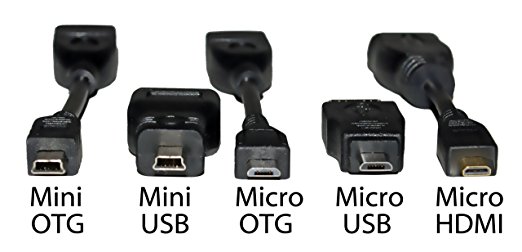
Relevant articles:
What are the Differences between SSD and HDD| Part 3
What is the USB Flash Drive and Tips for Use USB Flash Drive
